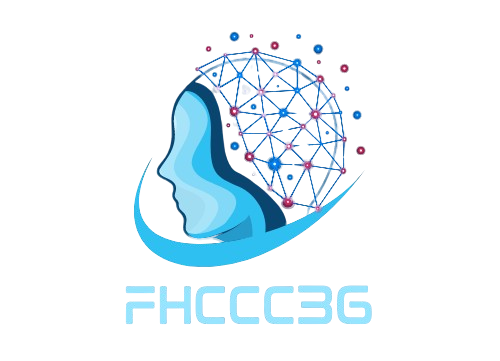The Art of Massage: A Journey Through Healing and Renewal
In the tapestry of human wellness, massage therapy stands as a vibrant thread, weaving together ancient wisdom and modern science to offer profound healing and rejuvenation. From its origins in diverse cultures to its integration into contemporary health practices, the art of massage transcends mere physical manipulation to nurture the body, calm the mind, and uplift the spirit.
A Tapestry of Traditions
Massage therapy traces its roots back thousands of years, spanning cultures and civilizations that recognized the therapeutic power of touch. In ancient Egypt, massage was depicted in hieroglyphs and used to relieve pain and promote 출장안마 relaxation. In China, the practice of massage evolved alongside acupuncture to balance the body’s vital energy, or qi. Meanwhile, in Greece and Rome, massage was employed to enhance athletic performance, aid in recovery, and treat various ailments.
Modern Science Validates Ancient Practices
Today, scientific research underscores the effectiveness of massage therapy in promoting overall health and well-being. Studies have shown that massage reduces levels of stress hormones like cortisol while increasing the release of endorphins and serotonin, neurotransmitters that elevate mood and reduce pain perception. Physiologically, massage improves circulation, enhances immune function, and facilitates the removal of metabolic waste from tissues, supporting the body’s natural healing processes.
Diverse Modalities, Tailored Experiences
Massage therapy encompasses a diverse array of modalities, each with its own techniques and therapeutic benefits. Swedish massage, characterized by its long, flowing strokes and gentle kneading, remains a cornerstone for relaxation and stress relief. Deep tissue massage targets deeper layers of muscle and connective tissue to alleviate chronic pain and restore mobility. Reflexology focuses on specific points on the hands and feet to promote healing and balance throughout the body.
Holistic Integration and Medical Applications
Beyond its role in relaxation and stress relief, massage therapy is increasingly recognized as a valuable component of holistic health care. In clinical settings, massage is utilized to complement treatments for chronic pain conditions such as arthritis and fibromyalgia, as well as to aid in recovery from injuries and surgeries. Integrative medicine approaches often incorporate massage to enhance the efficacy of other therapies and promote overall wellness.
Cultural Diversity, Universal Benefits
Massage therapy transcends cultural boundaries, reflecting diverse traditions and philosophies while offering universal benefits. Thai massage, influenced by Buddhist principles, combines acupressure and assisted stretching to improve flexibility and energy flow. In Japan, Shiatsu massage focuses on balancing the body’s meridians to promote holistic health. Each cultural variation enriches the global tapestry of massage therapy, offering unique perspectives on the art of healing through touch.
Embracing Wellness Through Touch
In an era marked by digital connectivity and fast-paced living, massage therapy provides a sanctuary for self-care and rejuvenation. Beyond its physical effects, the therapeutic touch fosters a profound sense of relaxation, connection, and inner peace. By nurturing the mind-body connection, massage therapy supports emotional resilience, enhances cognitive function, and encourages a holistic approach to personal wellness.
Conclusion
In conclusion, massage therapy represents more than a luxurious indulgence—it embodies a profound commitment to holistic health and well-being. Through its rich tapestry of traditions, scientific validation, and diverse modalities, massage therapy offers a pathway to healing, renewal, and self-discovery. As we embrace the transformative power of touch, we embark on a journey toward greater vitality, balance, and harmony—a journey guided by the ancient wisdom and therapeutic embrace of massage therapy.
